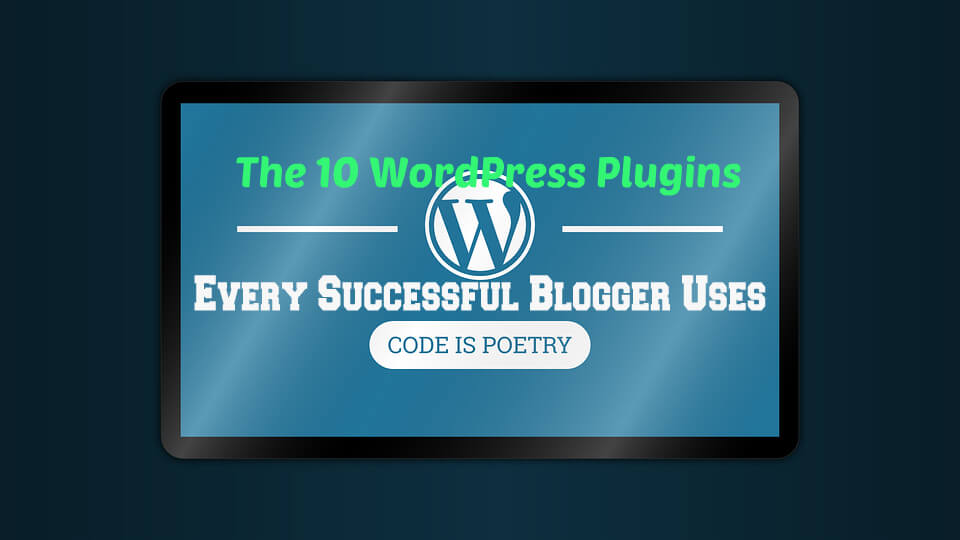Tag: E-commerce Store

Top 3 Dropshipping Marketplaces: Pros And Cons Of Each
Dropshipping is a trendy business model that has already attracted about 78% of retailers in the USA that implements some form of it; the market is going to reach $240 billion in 2023. The main difference to the standard sales model is that dropshipping is an e-commerce business model that shifts all production and delivery responsibilities to the Supplier or Manufacturer. At the same time, a Dropshipper is responsible only for the online store. After a drop shipper finds a trustworthy supplier, his main task is organizing an online store. The online store can be created on a relevant marketplace or a separate web resource. In each case, it should be prepared with all information, including pictures or videos of the sold goods and possibilities to make an order for Customers. This article is aimed at marketplaces, which one to choose for dropshipping for placing your online store. Marketplaces also can be used for searching for suppliers and manufacturers. Main Requirements For Dropshipping Marketplaces The main value of drop shipper work is an online store. Customers first choose the website for order and with high competition of Internet proposals, attracting customers to visit and stay on your website is essential. Marketplaces are perfect e-commerce platforms for beginners as they have many tutorials and advice on starting a dropshipping store. It is recommended to choose a dropshipping marketplace based on the following parameters. The fee for launching your website; User-friendly navigation with all required plugins; Customer traffic for your chosen niche; Possibility to use software for listing, design templates, order fulfillment, and delivery tracking; Integration with other marketplaces for easy creation of product descriptions; Integration with website builders or content management systems (CMS); 24/7 technical support. Top 3 Dropshipping Marketplaces Based on the described parameters, the top 3 dropshipping marketplaces are listed below. You can place your products on all three to find your audience or choose the one suiting your requirements. eBay eBay is one of the biggest marketplaces where you can buy everything except tobacco, alcohol, lottery tickets, and other goods. The most popular categories are face masks, smartphones, men's accessories, and video games. With dropshipping on eBay, you can access its massive auditory without effective marketing campaigns. Their auction site attracts thousands of customers. This marketplace is recommended for small dropshipping companies starting the business, as they propose fewer investments. All subscription plans are based on the insertion fee with a limitation of listings, a fee after the transaction based on the sale price, and a fee per order. The basic store fee with 250 listings is $21.95. You can find more detailed information regarding fees and requirements for setting up the store in this guide. Pros ● eBay does not require to have storage of goods for selling ● Plenty of applications are available for automatization and setting up the store ● Marketing campaigns are not required in the initial stage of setting up the online store ● Possibility for easy business expansion ● Easy to get started ● eBay has a lot of tools for marketing campaigns Cons ● Strict dropshipping rules ● Difficult to find a supplier fulfilling all eBay requirements ● To be rated as a reliable seller on eBay, you need to have already positive reviews and a proven sales record ● eBay does not allow to drop ship from other marketplaces ● Intensive competition Shopify Shopify is one of the most popular dropshipping platforms hosting 500.000 e-commerce stores worldwide. To start selling there, you need to pay a basic subscription for $29 for a domain name, the quantity of sold goods, and additional features (such as gift cards or reports). Plus, you must pay 30 cents per transaction for each tariff plan. For beginners, you can choose a 14-day free subscription. However, with growing your business, you need to change subscriptions to other plans to increase staff accounts and inventory locations. You should pay additional expenses for customization and automatization; most of the required applications are not free. But the paid money is worth it; numerous apps for setting up the online store with fully customizable themes exist. In addition, many marketing tools are available for Shopify to start selling as quickly as possible. Pros ● Availability of different tariff plans starting from $29 ● User-friendly interface with prefilled pages ● Integration with most dropshipping apps (Oberlo, MXED, Spocket) ● 24/7 email, phone, and chat support ● A large community of drop shippers using Shopify ● 14 days free trial ● Quick set up of an e-commerce store Cons ● The advanced package is expensive $229 ● High competition ● In addition to a subscription, you need to pay for each transaction WooCommerce Five million people already use this plugin, and you can also dropship there. It has a special WooCommerce Dropshipping application to manage all activities from there. You can quickly start your online store there, even alone. WooCommerce recommends using WordPress plugins and extensions for setting up the website. WooCommerce does not recommend dropshipping from eBay or Amazon, as you will meet massive competition with the same goods on this platform. The possible suppliers could be found on Amazon, SaleHoo, or simply in Google. The WooCommerce plugin is available for free, but you need to pay commissions for a domain, host, extensions, and security. Unfortunately, to set up the store, you need time from days to weeks, as you need to install all required applications and go through the delivery policy. Pros ● Many apps and plugins are available for website creation and automatization ● The WooCommerce fee depends on your business capabilities and needs ● WooCommerce supports all payment methods ● Market integration with all leading platforms ● The store design is executed through a WordPress plugin ● Open-source software and fully customizable Cons ● Tools are required to set up the store (WordPress, WooCommerce Dropshipping, WooCommerce Lead Time, etc.) ● Requires significant time for setting up the store ● You need to have skills Conclusion The marketplaces help to simplify the creation of an e-commerce store, but all work for its marketing and maintenance you should keep to yourself. Do not forget about SEO campaigns, advertisements in social networks, email campaigns, and other tools to attract your targeted audience. If you, in addition to the product description, add to your helpful website information, research, or comparisons of why your products are good, this will significantly increase the value of your goods. Proper supplier is another milestone for your business, but you must check the Supplier based on the desired marketplace requirements. Finally, marketplaces are significant helpers in setting up a business for newcomers, especially Shopify, WooCommerce, or eBay. They have all the tools for easy creation of the business process and start selling online. But you need to pay subscription fees and purchase applications for proper customization. Read Also: How To Get Product Ideas For Your Ecommerce Business Strategies For Running A Pet Supply E-commerce Store Recognizing How Important Inventory Management Is To Your E-commerce Store
READ MOREDetails
Strategies for Running a Pet Supply Ecommerce Store
In the past few decades, there have been major changes in the world and our digital surroundings. While the geopolitics and social interactions of the world are in constant flux, since the beginning of the 21st century, there have been other types of changes that have occurred. Most of these alterations have come from the rise of Internet technologies around the globe. The web has totally revolutionized the world, from the way people interact with one another to the changes in the job market. The most important driver of the economy in the 21st century is the Internet! Everything from local businesses to billion-dollar corporations uses web-based tech to survive. One part of the economy that the Internet has totally transformed is retail. Retail has in large part shifted to e-commerce, and people from around the world have been starting their own e-commerce stores. Starting Your Own Ecommerce Store There are numerous reasons why people start their own e-commerce stores, from the flexibility of lifestyle it provides to the potential to have a lucrative business. There is a myriad of products, which can be sold online. However, finding a niche in your products is a sure way to be successful. This is why running a pet supply eCommerce store is such a great idea. People love their pets and pay serious money for them, so pet supplies is an excellent niche that will certainly lead your company to earn immense revenue. However, if you want to be truly successful, you need to see that your organization will stand out amongst all the other e-commerce stores. Learning How to Set Up Your Business Once you decide to get a website for your online store, one of the first steps is to invest in a robust and user-friendly e-commerce website. This involves selecting a platform, which will allow your website to look professional, run effectively, and will enable you to organize your products and services. After your site has been launched, the next step should involve designing and executing a strong Marketing Campaign on various digital platforms. You need to ensure that your E-commerce store highlights the hero products of your brand. For example, if you have an extensive range of liver supplements for dogs, you need to ensure that you are placing these medicines on the banner of your E-commerce store page. This will help customers identify the same and click on the page that will take them directly to checkout. The marketing campaign should aim to create a holistic and 360-degree digital ecosystem. This ecosystem should reinforce the belief and experiences of the users. For example, your e-commerce platform should be linked to your social profiles and vice-versa. This will help redirect traffic from different mediums at all times. You would also want to adopt a creative content marketing strategy. Your e-commerce website needs to be- SEO optimized. Linked to Social Media Accounts Have a great blog section (Inbound Marketing) Be optimized to run Google Campaigns. Learning about these numerous facets will allow you to effectively market your e-commerce site and will let you display your brand to the world. Final Thoughts: As the 21st century continues to progress, running an e-commerce store will become a more popular career option. In order to be successful in this industry, you need to set up an excellent site, and effectively build your brand with a quality marketing campaign. Read Also: Recognizing How Important Inventory Management Is To Your Ecommerce Store Magento Vs. Shopify: Which Is Best For Your E-Commerce Store?
READ MOREDetails















